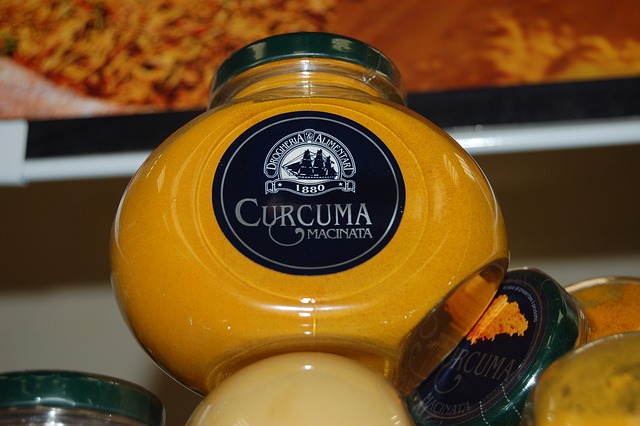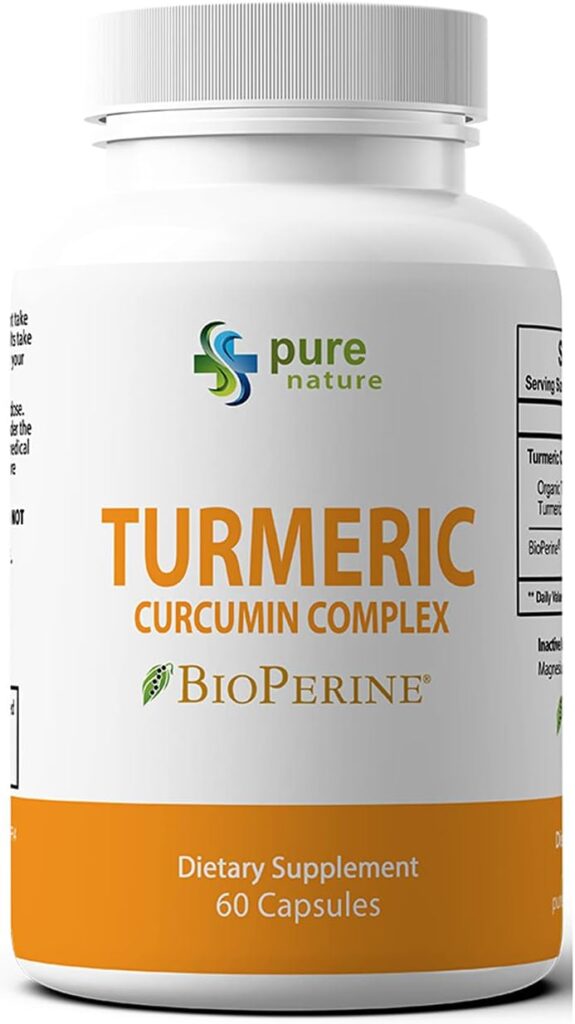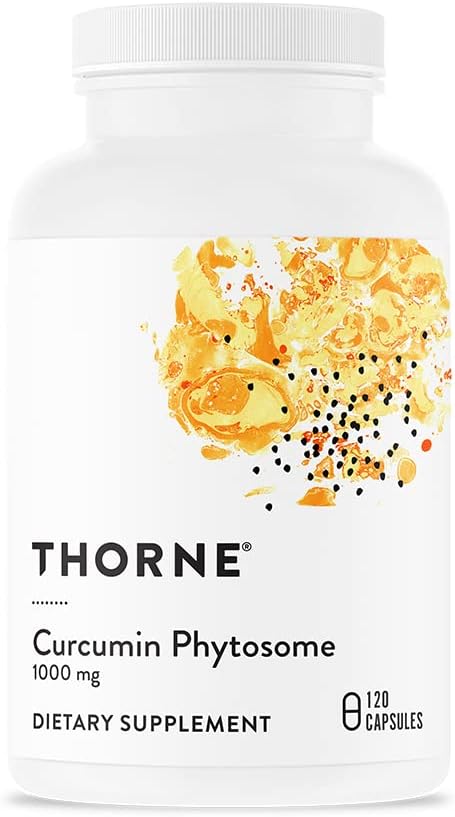Turmeric is a golden-orange spice that adds color, flavor, and nutrients to dishes. Turmeric, a relative of ginger, is derived from the rhizome (root) of an Asian native plant and has been used in cooking for many years. It has also been utilized in Ayurveda and other forms of traditional Chinese and Indian medicine.
Mary-Eve Brown, an oncology clinical dietitian at Johns Hopkins Medicine, discusses the health advantages of turmeric, how to use it in cooking, and two recipes that incorporate the spice.
What is the purpose of turmeric?
Brown notes that the key element in turmeric is curcumin, a natural molecule (polyphenol) with anti-inflammatory and antioxidant properties.
Turmeric is rich in phytonutrients which can protect the body by neutralizing free radicals and shielding the cells from damage. Plant-based diets have been linked to the prevention of medical problems such as cancer and heart disease.

Brown goes on to explain, “Anyone who’s looking to manage inflammation could benefit from adding turmeric to their foods.” Inflammatory illnesses such as arthritis and other joint disorders, colitis, allergies, and infections are among those she mentions.
Turmeric’s Scientific Basis
Scientific research has been conducted on turmeric and its constituents, particularly curcumin.
“Some studies show that people who have osteoarthritis reported less joint pain when turmeric was consumed,” Brown said. “Not many studies were done, but some studies show turmeric’s effect on depression, mood disorders, and dementia in a positive way.”
Aside from these illnesses, research investigations have revealed other potential benefits of turmeric for:
- Inflammation
- Degenerative eye diseases
- Syndrome of Metabolic Syndrome
- Arthritis
- Hyperlipidemia (high levels of cholesterol in the blood)
- Anxiety
- Muscle aches following workout
- Kidney function
Supplements containing turmeric
Turmeric pills, according to Brown, are probably not a good idea. As beneficial as turmeric’s nutritional benefits can be, more curcumin is not always better, and too much can be dangerous.
Turmeric supplements, for example, may raise your chance of kidney stones. Curcumin pills provide far larger amounts of the chemical than a person would get from eating turmeric-flavored foods or drinking turmeric tea.
“Curcumin and other active ingredients in turmeric are not bioavailable, which means they are not easily absorbed by the body.” Furthermore, the digestive process breaks down and quickly removes these helpful molecules,” Brown explains.
With that in mind, including the spice into your meals on a daily basis can safely increase your intake. Combining turmeric with black pepper may help your body absorb more of the healthful components of turmeric. Piperine, a component of black pepper, has been demonstrated to improve bioavailability by 2000% when coupled with curcumin.
“It’s better to get curcumin and most other nutrients in whole food form rather than to take supplements, tinctures, capsules, or gummies,” she said.
Drug Interactions and Turmeric Supplements
Curcumin in high amounts, such as that seen in concentrated turmeric supplements, can interact with some drugs.
Pain killers: Turmeric supplements have been shown to reduce the side effects of indomethacin, aspirin, ibuprofen, and acetaminophen.
Chemotherapy: If you are undergoing chemotherapy, consult your doctor before using turmeric supplements, especially if you are taking the following chemotherapy agents:
- Camptothecin
- Mechlorethamine
- Doxorubicin
- Cyclophosphamide
Thinners of the blood: Supplements containing turmeric or curcumin may increase the risk of bleeding in persons taking warfarin.
Immunosuppressive medications: People who use tacrolimus may face greater negative effects if they drink large doses of curcumin.
Side Effects of Turmeric
Turmeric is generally safe to consume in food or tea. If you are allergic to the spice, it may induce a rash, hives, or gastrointestinal ache.

The majority of the negative effects are linked to extremely high curcumin concentrations found in supplements (pills, capsules, and gummies).
How to Use Turmeric
Turmeric is utilized as a natural coloring factor in some mustards and is a component of curry powder. Brown likes the earthy flavor of turmeric on its own, but it also adds depth of flavor and a beautiful color to Thai or other Asian cuisines, as well as stews and chilis. “It’s great in chicken soup,” she says.
Brown usually purchases whole turmeric root in the produce aisle and says she freezes turmeric root pieces to keep them fresh for up to six months.
She warns that the yellow pigment in turmeric can stain countertops and textiles, so use caution when preparing it. Many surfaces can be cleaned with gentle abrasives or chlorine-based cleaners.
Turmeric Tea Turmeric root, like ginger, can be brewed into a healthy and pleasant tea. Brown’s method is as follows:
- 2 tablespoons minced turmeric root or 2 teaspoons turmeric powder
- Bring 1-2 cups water to a boil.
- Before you strain, reduce heat and simmer for 5 minutes.
- Turmeric tea can be consumed either warm or cold, and add honey and/or lemon to change the taste,” Brown said.
Curried Pumpkin Butternut Squash Creamy Vegan Soup
Ingredients
- Extra virgin olive oil
- 1 pound peeled and chopped pumpkin and butternut squash
- 2 diced shallots
- 2 to 3 tablespoons Red curry paste from Thailand
- 2 teaspoons turmeric powder or 2 tablespoons shredded turmeric root
- 4 cups veggie broth or stock
- 1 can unsweetened coconut milk (full fat or reduced fat)
- seasoned with salt & pepper
Directions
- Roast pumpkin and butternut squash for 10 to 15 minutes at 400°F with olive oil, salt, and pepper. When they are fork tender, they are done.
- Sauté red curry paste, shallot, and turmeric in olive oil for 8 to 10 minutes in a large heavy stockpot or Dutch oven. The shallot should be transparent and tender.
- Combine the vegetable broth, roasted pumpkin, and squash.
- Allow to simmer for at least 20 minutes.
- Season with salt, pepper, or red curry paste to taste.
- Simmer in the coconut milk.
- Blend using a stand blender or an immersion blender.
This post contains referral links for products we love. Staying Fit With Aeran earns a small commission on these links at no cost to you, and the links will always be marked with an asterisk *.
Top 5 Turmeric Supplements (2023) – Reviews & Buying Guide – What To Avoid
Avoid Subscription Auto-Billing Offers – Unfortunately, many firms use this tactic to charge your card without your permission, even if the product is returned. One gimmick is that they charge your card even six months after your original transactions, which most consumers overlook. If you’re pleased with the service, you should make another purchase in the future.
1. Turmeric by PureNature *
PureNature Turmeric contains 1,300 mg of Organic Turmeric that has been standardized to 95%, as well as 10mg of BioPerine black pepper extract for maximum absorption.
Pros:
- Turmeric that is organic and pure
- 1300mg recommended daily dose – 95% Standardized Curcuminoids
- 10mg BioPerine to increase absorption*
- Gluten-free, Vegetarian, and Vegan Capsules
- Made in the United States
- Third-party lab tested for efficacy and label accuracy
Cons:
- Occasionally out of stock
2. Turmeric Supreme by Gaia *
Earth Herbs Turmeric Supreme veggie capsules include 482mg of turmeric and 7mg of black pepper per serving. Gaia Herbs specifies the amount of each ingredient in their product.
Pros:
- Made in the United States
- Vegan and gluten-free
- Contains black pepper
- Third-party laboratory testing for potency and label accuracy
Cons:
- Only a 45-day return policy
- Each serving contains 482 milligrams of Turmeric extract.
3. Turmeric Curcumin by MegaFood *
MegaFood Turmeric contains 800mg of standardized turmeric curcumin (95%). It also has 800mg of additional herbs as well as 3mg of BioPerine.
Pros:
- Contains 95% standardized turmeric
- Made in the United States
- Third-party lab tested for efficacy and label accuracy
Cons:
- Only a 30-day return policy
- As a larger tablet
- Insufficient Turmeric extract and BioPerine
4. Turmeric from Nature’s Bounty *
Their turmeric blend is a well-liked supplement among customers. Nature’s Bounty Turmeric pills include 1,000mg of turmeric and 5mg of BioPerine black pepper.
Pros:
- Standardized Extract – Contains Black Pepper Extract
- Made in the United States
- Third-party laboratory testing for potency and label accuracy
Cons:
- Only a 60-day return policy.
- Capsules are larger than other options.
5. Phytosome Thorne Curcumin *
The Thorne Curcumin Phytosome includes 1,000mg of turmeric but no black pepper extract. This formula is appropriate for folks who only want a turmeric formula.
Pros:
- Made in the United States
- Contains 1,000mg of Meriva turmeric
- Third-party laboratory testing for potency and label accuracy
Cons:
- Only a 60-day return policy
- In larger capsule size
- There is no black pepper.
To Conclude
Before incorporating any supplements into your routine, talk with your healthcare physician. You don’t want to introduce supplements that will interact with your present prescriptions if you’re using any.





